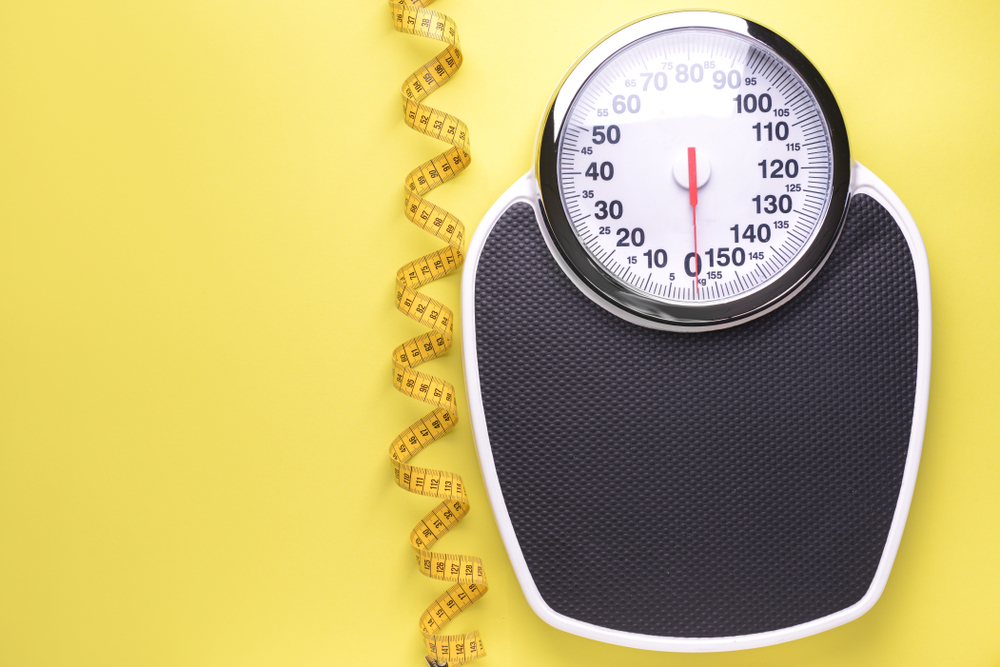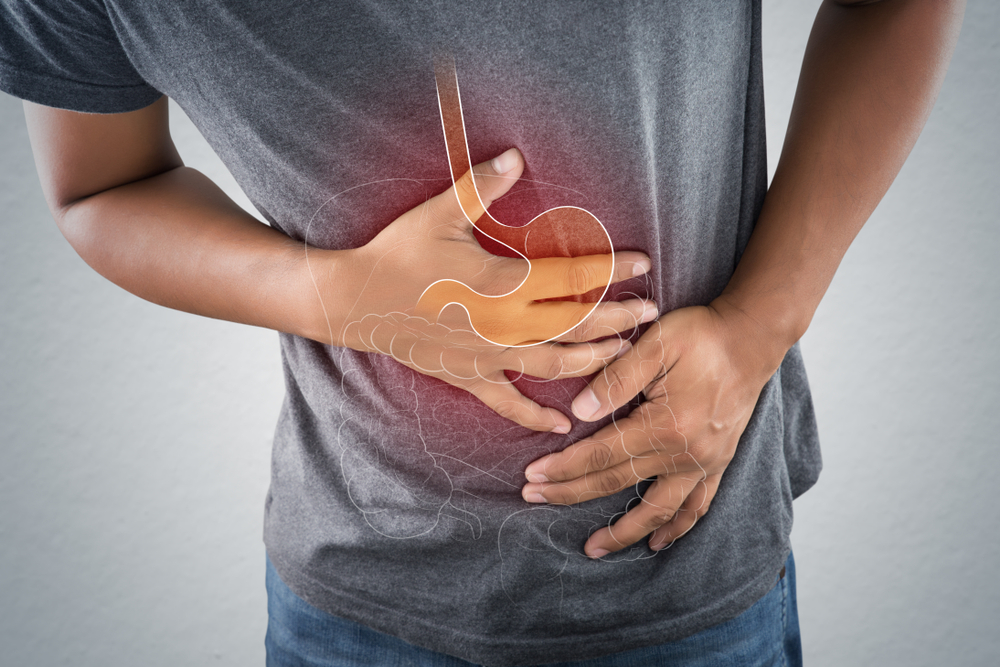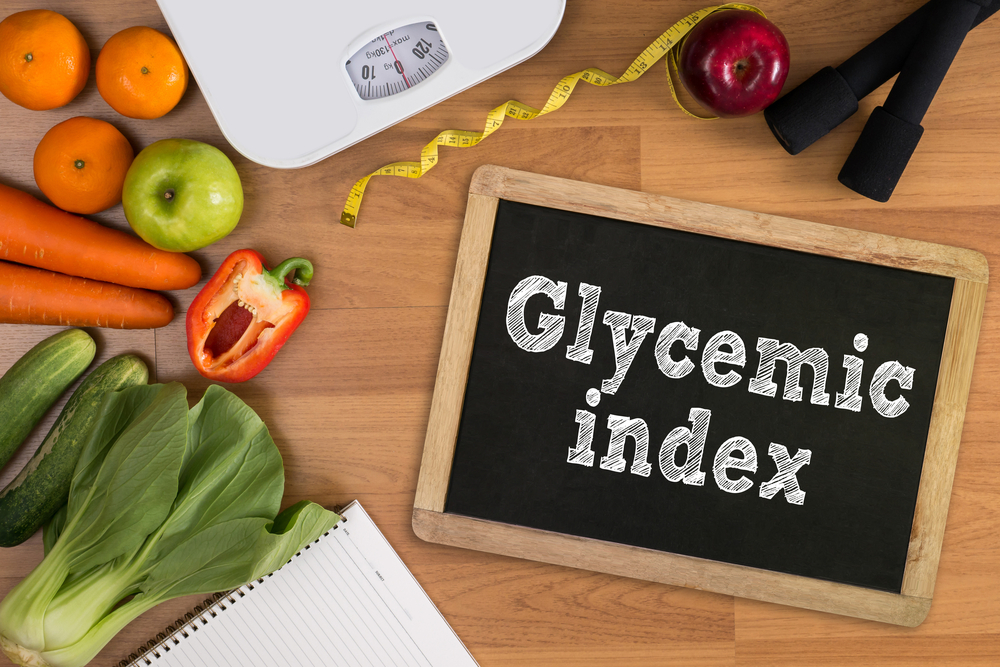The variation of training sessions is essential to ensure regular progress and avoid stagnation.
But to go even further in optimising your results, it is necessary to adapt your nutrition to each work cycle.
In this article, we explain this basic nutrition.
VARY YOUR DIET: A NECESSITY
We know that nutrition is essential in optimising the metabolic response to exercise and therefore progression. Each training cycle has specific nutrient requirements that need to be adapted.
The variation in nutritional ratios must therefore be matched to that of the different forms of muscular work. For example, if you want to get the most out of work in long sets, it is important to favour a high intake of carbohydrates, in order to provoke glycogenic overcompensation which will allow a significant increase in muscle volume.
On the other hand, a phase of heavy work requires a higher intake of protein in order to repair the "muscular damage" caused and to allow the synthesis of new contractile proteins which will lead to the "thickening" of the fibres.
THE DIFFERENT PHASES
STRENGTH PHASE
Purpose: To increase strength, by stimulating the nervous and structural factors of the muscle. To improve muscle density.
MYOFIBRILLAR HYPERTROPHY PHASE
Purpose : to increase muscle mass, to stimulate the hormonal system.
SARCOPLASMIC HYPERTROPHY PHASE
Purpose: to increase muscle volume through glycogen overcompensation and secondarily through increased vascularisation.
GENERALIZED MUSCULAR ENDURANCE PHASE
Purpose: increase aerobic potential, improve vascular network, mitochondrial, activation of oxidative processes, improve recovery (which is always aerobic).
STRENGTH PHASE > MYOFIBRILLAR HYPERTROPHY PHASE > SARCOPLASMIC HYPERTROPHY PHASE > ENDURANCE PHASE
Equilibrium energy supply
+5 to 10% +10 to 15% +10 to 20% +2 to 5%
PROTEIN
Red meat, white meat, fish, eggs, dairy
25 to 30% 20 to 25% 15 to 20% 15 to 20%
CARBOHYDRATES
Cereals, Bread, Pasta, Rice, Dried fruit
40 to 50% 45 to 55% 55 to 65% 50 to 60%
FATS
Vegetable oils, Butter, Dried fruit, Oily fish
25 to 30% 20 to 25% 20% 20 to 25%
Conclusion
Optimal muscular progression necessarily involves the manipulation of training variables and nutritional intakes, since each work cycle imposes specific needs. These needs will determine the adjustment of the energy nutrient ratios and thus allow the best muscular response.








